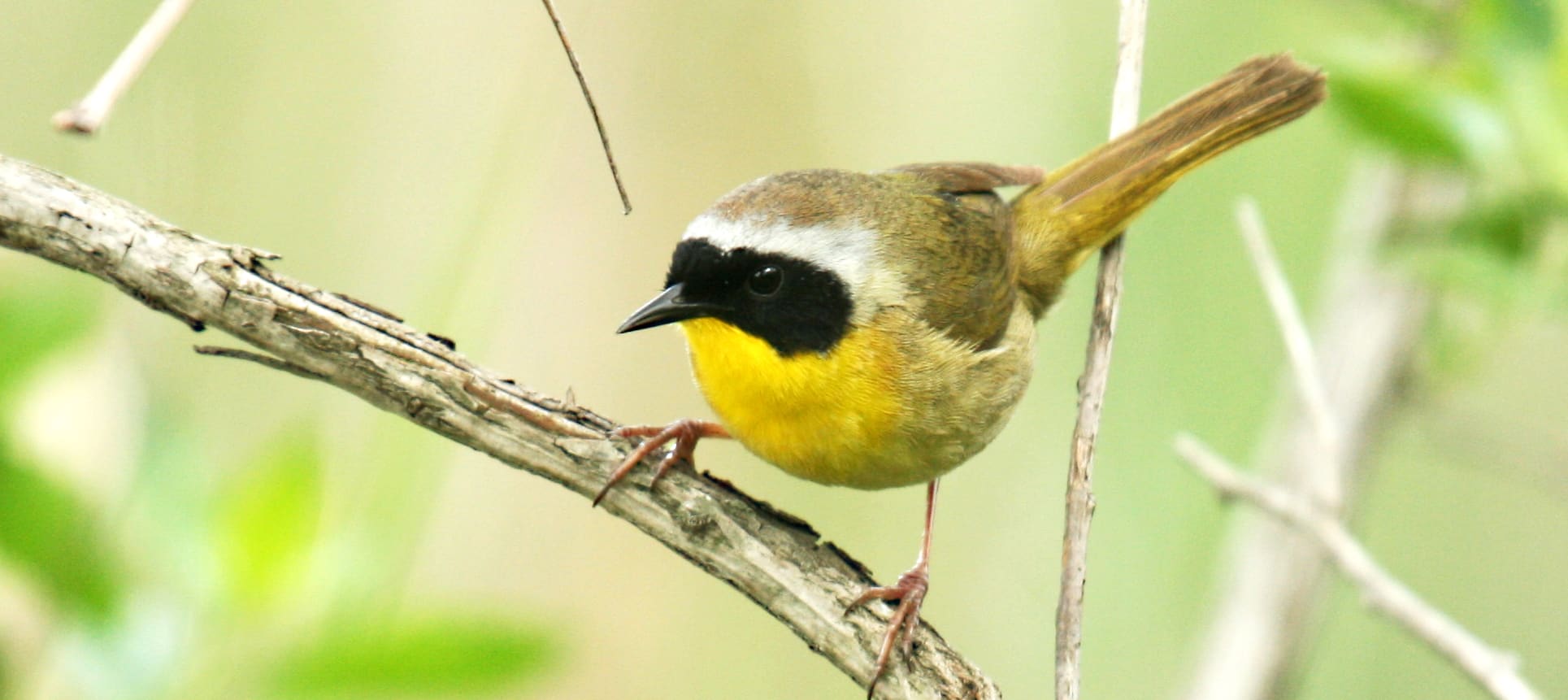Share this article
In a protected forest, why did the birds disappear?
The William L. Hutcheson Memorial Forest is a rare piece of land in New Jersey. Set aside by Dutch settlers in 1701, it is an uncut tract of old growth oak and hickory forest, owned and preserved by Rutgers University with a pledge to keep it untouched.
It seemed like it should be a pristine piece of nature in central New Jersey, so researchers were puzzled when they discovered that nearly half the ground nesting and migratory birds documented when Rutgers received the land in the 1950s were gone.
“When the forest was set aside, one of the big priorities was to not change anything in it,” said Jeffrey Brown, a PhD candidate in Rutgers’s department of ecology and evolution. “The idea was, we have a unique forest. We don’t want to put in a lot of paths and management practices.”
Yet over the decades, bird species began to disappear. Species including the ovenbird (Seiurus aurocapilla), brown thrasher (Toxostoma rufum) and red-eyed vireo (Vireo olivaceus), which were common in the 1960s, are no longer present, researchers found, while others that were less abundant, such as the common yellowthroat (Geothlypis trichas)and hairy woodpecker (Leuconotopicus villosus), are now regular sights.
The reason, Brown concluded, is that although management was restricted from the forest, unintentional changes altered the landscape, affecting the abundance of birds.
“Invasive dynamics from outside were starting to come in and change the forest itself,” said Brown, whose study was recently published in Biodiversity and Conservation.
The research was due to a “happy accident,” Brown said. Because of its unique characteristics, the Hutcheson Memorial Forest, designated a National Natural Landmark, has been a frequent target of researchers. Some 260 studies have been conducted there, he said, but some of that work had been forgotten.
That included an extensive bird banding project conducted 40 years ago. Exhaustive documentation was lost until 2009, when in the midst of cleaning out an old lab space in the basement of the caretaker’s house, three filing cabinets full of old maps and notes were found. They recorded birds encountered during multiple visits during a single breeding season.
“There was a realization that this was really good work, done in a unique manner,” Brown said.
One of the researchers who had done much of the work had become a professor emeritus at Rutgers. Using a hand-drawn map as his guide, he led a new generation of biologists exactly where he had conducted the earlier studies.
They found that bird life in the forest had changed, but so had the forest. Beneath trees that stood for 100 or 200 years, the forest floor had transformed. Invasive plants had come in. White-tailed deer (Odocoileus virginianus)populations rose, browsing on seedlings and preventing regeneration from taking place as older trees died. Mid-sized vegetation had dwindled, leaving a forest of tall trees and a scrubby understory. As a result, Brown said, ground nesting and migratory birds that previously occupied the forest are gone, replaced by species adapted to scrub and open woodlands.
In small patches of protected land like these, management is important, he said, to provide the conservation benefits they were set aside for.
“Just because an area has a protected status or we set it aside and give it all these accolades, that doesn’t mean it’s going to continue to exist in the state it was in when you first established it,” he said. “We don’t want to just maximize the land we want to protect. We want to set aside land and money for active management.”
Header Image: While some birds, such as the common yellowthroat, have become common in the Hutcheson Memorial Forest, many species are no longer seen. ©Matt Tillett








